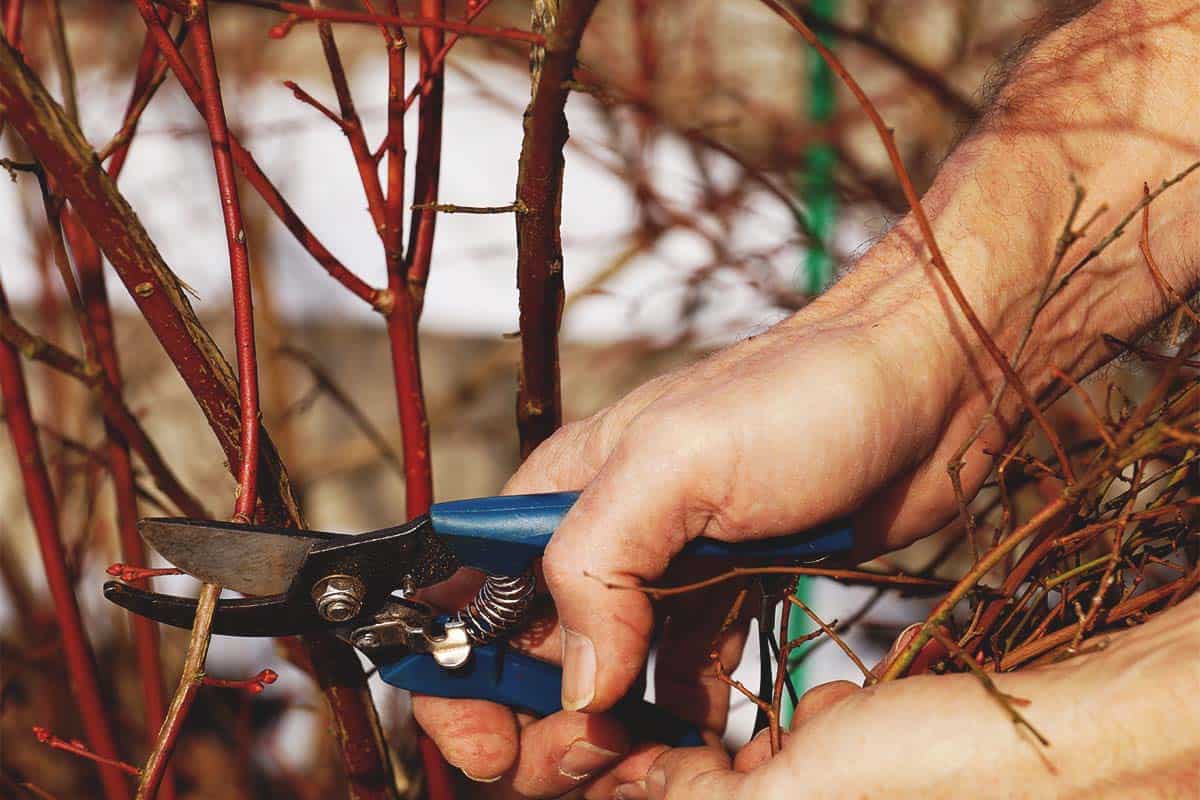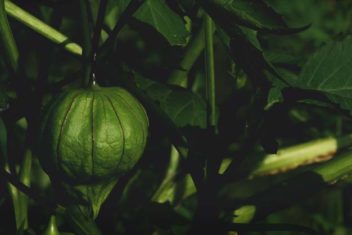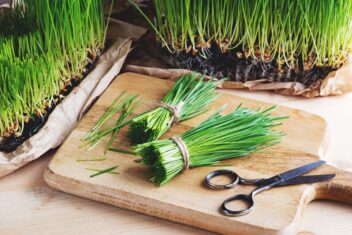It’s heartbreaking to lose your wonderful plants during winter. You work hard on your garden all year round, you put everything to bed for the dormant season, and come spring, things don’t look so good. No one likes to discover that their plants have been dying during the winter.
Been there? Not this year. With proper planning and a few tried-and-true techniques, you can help your plants to not only survive winter but to thrive. That way, next year your garden will grow better than ever as soon as spring temperatures arrive.
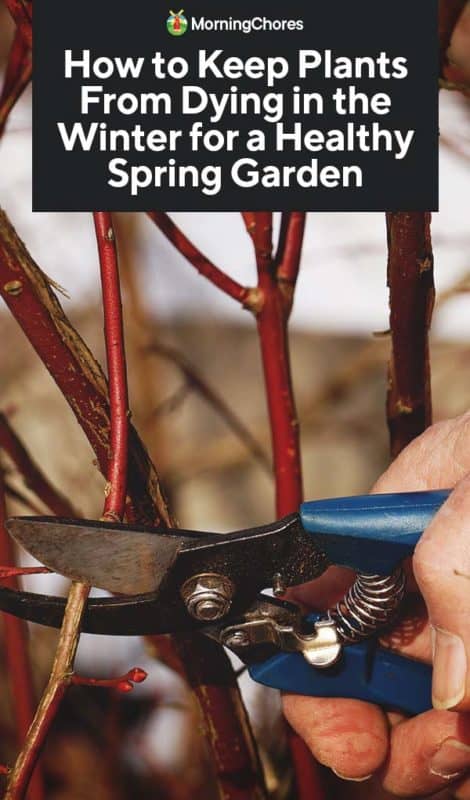
Pre-Winter Preparation
Some plants are hardy and will survive winter with little input from you. Others need some help to make it through.
Plant to Your Zone
Planning is everything when it comes to preventing plants from dying in the winter, so make sure you “know your zone.” If you’re going to add plants to your garden, make sure they can withstand the temperature fluctuations of your particular area.
Finding the correct plants for your zone is the foundation of keeping your plants happy and keeping your winter workload down. Don’t be afraid to ask for advice from your nursery about the best plants for your area.
Prune
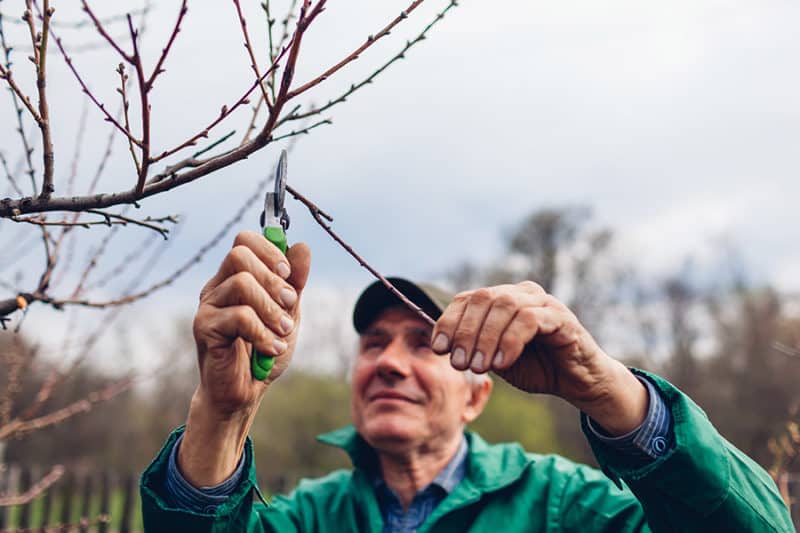
Many bugs and diseases over-winter on debris that should have been removed prior to winter. Remove dead and spent branches and foliage in the fall. Prune any part of the plant that is diseased or broken. Remove any branches that are rubbing on other branches.
This stops plants from carrying disease into spring and protects plants from breaking during the winter, which can introduce disease to a healthy plant.
Divide Your Perennials
If you have perennials that require dividing, you need to complete this job before winter sets in. Divide at least six weeks before the ground freezes to allow time for the plant to re-establish itself.
Once the ground freezes (or gets to the coldest temperature for your zone) cut perennials back to about three inches and mulch them well. I add about six inches of mulch and replace it if the winter rain washes any of it away.
Remove Tender Bulbs and Cover Others
Dig up and dry your tender bulbs. I dry them inside on newspaper for several weeks before storing them in a container with dry sand.
Leave hardy bulbs in the ground. If you live in a cold area or you’re expecting a hard freeze, lay a good mulch over the bulbs. I lay a few layers of newspaper first, then apply several inches of mulch, depending on how cold it’s going to get.
Add Compost
A few weeks before winter hits, add a thick layer of well-rotted compost to flower and vegetable gardens and work it into the soil.
Add Mulch
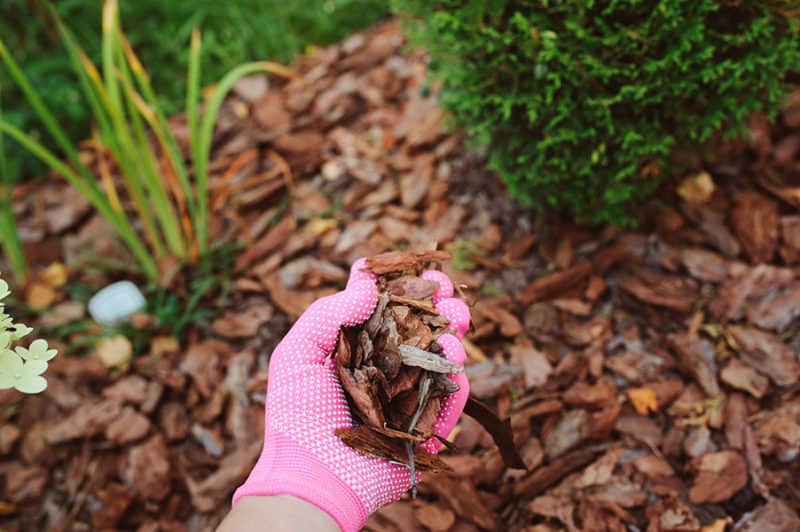
Timing is everything for adding mulch, so trust me when I say you should add mulch when the ground starts to freeze in cold areas, or when the temperatures drop in areas that don’t freeze.
The timing is so that the mulch keeps the ground temperature at a constant freeze or at least cold until spring warming. This prevents the back and forth of freeze and thaw cycling which causes the heaving of the soil, uprooting new or shallow-rooted plants.
Add a good three inches of mulch, tilling the soil before you apply it, and your plants will have a much better chance of not dying in the winter.
Till the Soil
Many bugs and diseases overwinter in the soil, waiting for warmer weather. Exposing them by tilling the soil is often all that’s needed to kill them off. Allow the cold air to get to the bugs for a couple of days before mulching.
Water
In fall, make sure you give your evergreens a number of deep waterings a few weeks before winter officially starts. Some evergreens like conifers continue to release moisture through the leaves all year round, so they need an ample supply during the autumn.
Support
Ensure your stakes, trellises or other supports are in good condition and the plants are attached firmly. Replace any weak or rotting stakes to protect against strong winter wind.
Potted Plants
If you can move your container plants, bring them inside or under shelter. If they are too heavy to move, cover them in burlap. I’ve used bubble wrap around the pots as well. Potted plant roots are particularly susceptible to freezing.
If you can, move the pots against a wall or into a corner so the plants are closer together to conserve heat. This makes it easier to wrap as well because you can use one big piece of burlap. You can also use black plastic to draw in as much heat to the pot as possible.
Care During the Winter
If you know you have delicate plants that need extra protection, you can take some of these precautions in advance. Or, if you have a cold snap or bad storm, you can use these techniques during the winter to help keep your plants alive.
Windbreaks
Winter wind can be devastating for plants, particularly if they aren’t used to an intense bluster. Use windbreaks to keep plants from dying in the winter.
A windbreak can come in the form of other plants that can handle wind, an elaborate structure, or something as simple as propping up a few pieces of wood temporarily.
Protect Plants
If you have a particularly harsh freeze coming, or if you have tender plants that you want to protect, consider giving plants some protection. I prefer to use burlap because its light and easy to handle.
Tender, young trees have vulnerable trunks. Wrap the trunks in burlap. I do this with my citrus trees as well because I find they do struggle through a cold winter.

You can wrap an entire small tree or shrub in burlap or plastic. Use a frame to keep the burlap from touching the foliage because you don’t want it to freeze to the plant.
Other things I’ve used are old towels or sheets and commercially produced garden fabric.
Consider Cover
A slight dusting of snow generally won’t do any harm to your plants. It’s when the snow comes in an intense storm or lasts for days that you have a problem.
Use cloches, or box frames around the plants to protect them. Just remember to allow a little air circulation so that moisture doesn’t build up.
Other things I’ve used are plastic water bottles, cardboard boxes, and newspaper laid on the ground in layers around young tender plants. Hoop houses are good for rows of vegetable gardens in the winter.
Remove Snow
For larger plants and trees, knock snow off when you can. I use a broom with a soft head to avoid damaging the plants. The longer the snow is in contact with the foliage, the more likely the plant will suffer. Snow is also heavy, so if you can knock it off as often as possible, the risk of breaking is reduced.
Avoid Desiccation
Desiccation is when a plant dries out during the winter. Our guide will help you avoid this issue in your garden.
Remember: The One Thing You Must Do
Most of our winter gardening success is because we’ve planted plants that survive winter naturally where we live. No matter how much care you provide, a tropical plant isn’t going to survive outdoors in Alaska.
Your local nursery can help guide you to set your garden up for success – and these tips can help you keep your plants from dying in the winter.
